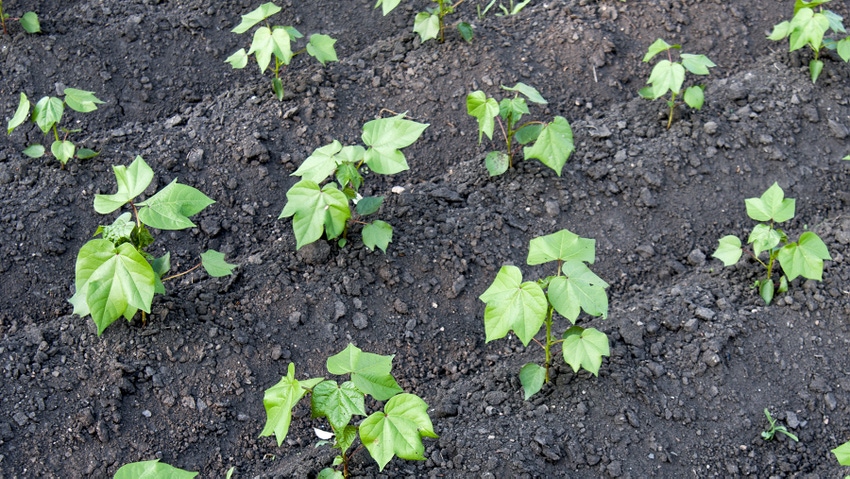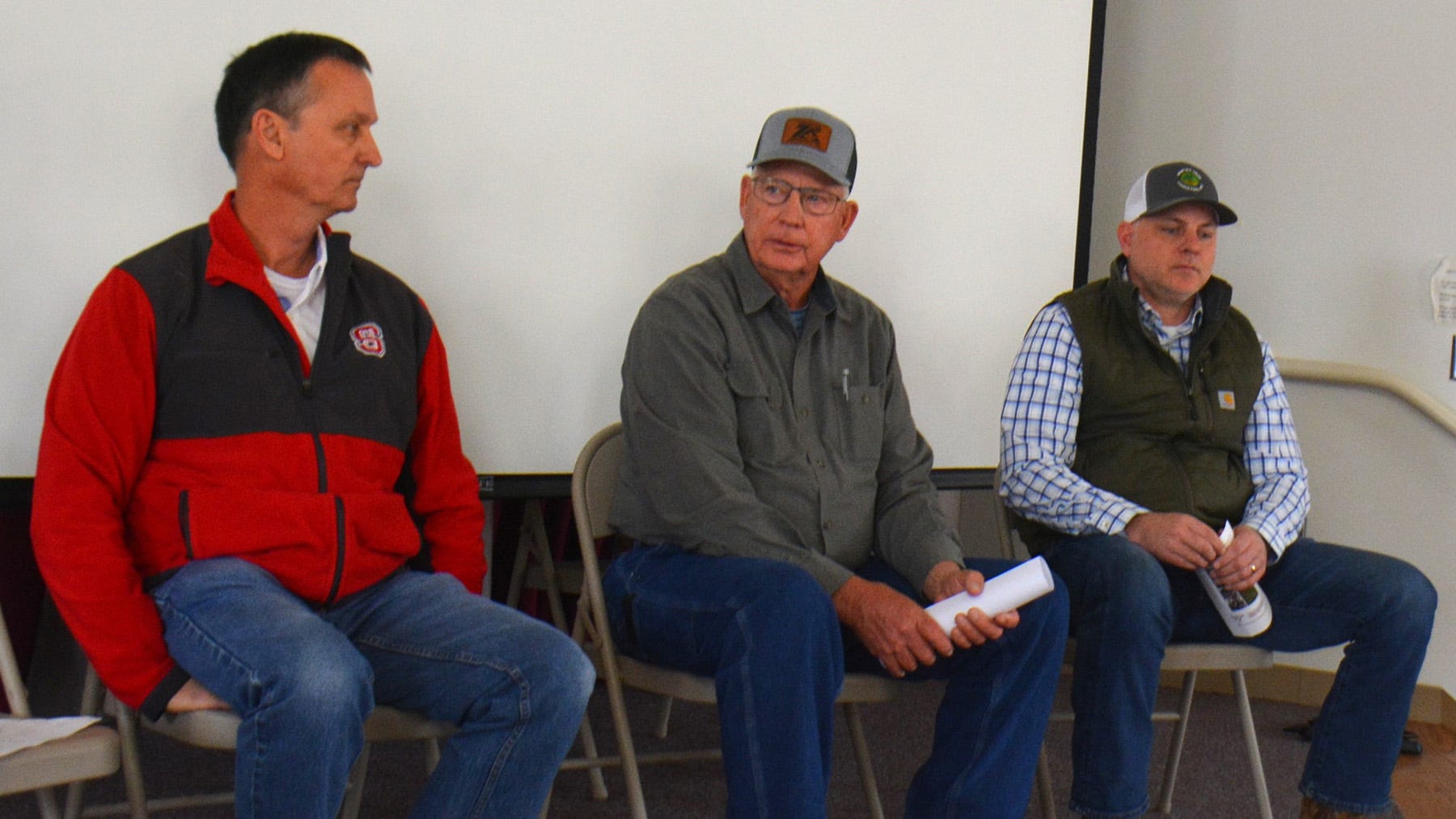
Fertility is the foundation for a successful cotton crop and how you manage your fertility program plays a key role in your yield success come harvest.
That was the takeaway from a cotton agronomy and soil fertility panel discussion March 23 at a soil fertility and cover crop workshop at the Tidewater Agricultural Research and Extension Center in Suffolk, Va.
Agronomists Daniel Fowler with Fowler Crop Consulting in Roanoke Rapids, N.C.; Stan Winslow with Tidewater Agronomics in Camden, N.C.; and Johnny Parker with Commonwealth Gin in Windsor, Va., agreed that successfully managing nitrogen, phosphorous, potash, sulfur, and micronutrients is the most important job a cotton farmer does after seed selection.

From left, agronomists Johnny Parker with Commonwealth Gin in Windsor, Va.; Stan Winslow with Tidewater Agronomics in Camden, N.C.; and Daniel Fowler with Fowler Crop Consulting in Roanoke Rapids, N.C. emphasized the importance of fertility management to achieve top yields in cotton in a panel discussion held March 23 at a soil fertility and cover crop workshop at the Tidewater Agricultural Research and Extension Center in Suffolk, Va. (Photo by John Hart)
Soil samples and pH
Soil sampling is critical to make sure your fields are at the proper pH. Winslow explained that his team samples cotton fields in zones for their farmer customers.
He stressed that there is huge variability in soil pH between fields and even within a single field, noting that uniform fields don’t exist.
“We have found that the precision lime applications are pretty important. There is as much variability in fields as you’re willing to take samples. The precision lime applications are a big, big deal to our growers,” Winslow said.
“In our area, I see more potash deficiency than what I used to see. It’s something we’re trying to figure out. The soils we work with mainly in cotton are heavier soils than what is in this area (of southern Virginia) and they have lots of potash stored up. The soil tests will tell you, you don’t need to add potash,” Winslow said.
However, Winslow said he is on a search to get more potash into the cotton plant, as it’s not being taken up.
“Something is out of balance or we’re not using the right potash source to get potash into the plant. To me, that’s a bigger deal than nitrogen. Nitrogen is highly water soluble, easy to apply, easy for a plant to take up, as long as you give it a little bit of water. Potash is a problem. I’m not sure myself how to fix that,” Winslow said.
Both Winslow and Fowler said they have never seen zinc or copper deficiency in cotton in North Carolina. Winslow said he has seen low copper levels in fields he samples for farmers in Virginia, but the deficiency doesn’t cause growth problems for the cotton plant.
For nitrogen, Fowler splits applications for his farmer customers in their sandier soils to allow another flush of nitrogen to go through the zone. “If you think about the tap root and the little fibrous roots that are with it, it takes a lot of moisture for those nutrients to get it all the way to where the sink is in the plant,” Fowler said.
Nutrient management
In the cotton plant, the area of active growth and area of active storage is the sink. Fowler said it is critical for nutrients to reach the sink of the plant.
Parker emphasized nutrient management as the number one job for cotton farmers during the growing season.
“The things that make it stand out the most initially are the costs that we are spending on nutrient management. It’s the biggest budget item. It’s close to two-fold. Seed is expensive, but so is the amount you spend on all the nutrients when you put lime into that equation, which you have to. There is no single item where we are spending more than fertility. It almost makes up 50% of our budget,” Parker said.
Parker said Virginia farmers are doing a good job in managing nitrogen fertility. As for potassium, Parker said he has seen a correlation between potassium deficiency and drought.
“I have seen a great improvement as soon as it rains, whether you put foliar nutrition on or not, if it doesn’t rain, it looks like to me the problem we’re fighting is the rainfall. Having the nutrients that seem to be in the soil get into the plant. That challenge is with potassium more than any other nutrient,” he said.
Cover crops
Finally, Winslow noted that “we’re going to be priced out of agriculture if we keep buying nutrients.” He said cover crops are a critical production tool to recycle nutrients.
“We have to make use of what we already paid for rather than keep buying it. It’s not sustainable for the long term. Not having water is the biggest reason that we can’t use what we got. We need soil resilience, building that layer of organic matter at the top of the ground to hold water for an extra week or extra 10 days to get us through those critical times,” Winslow said.
He said nematodes are the biggest threat when it comes to nutrient uptake in a cotton plant.
“Everybody has nematodes. And there’s pockets of them. Root knot, stubby root, cyst, they are all out there, and they are all feeding on the roots, and they are all inhibiting our ability to take up nutrients. When you get nematodes coupled with dry weather, what we think are nutrient problems are actually probably nematode problems,” he said.
About the Author(s)
You May Also Like






